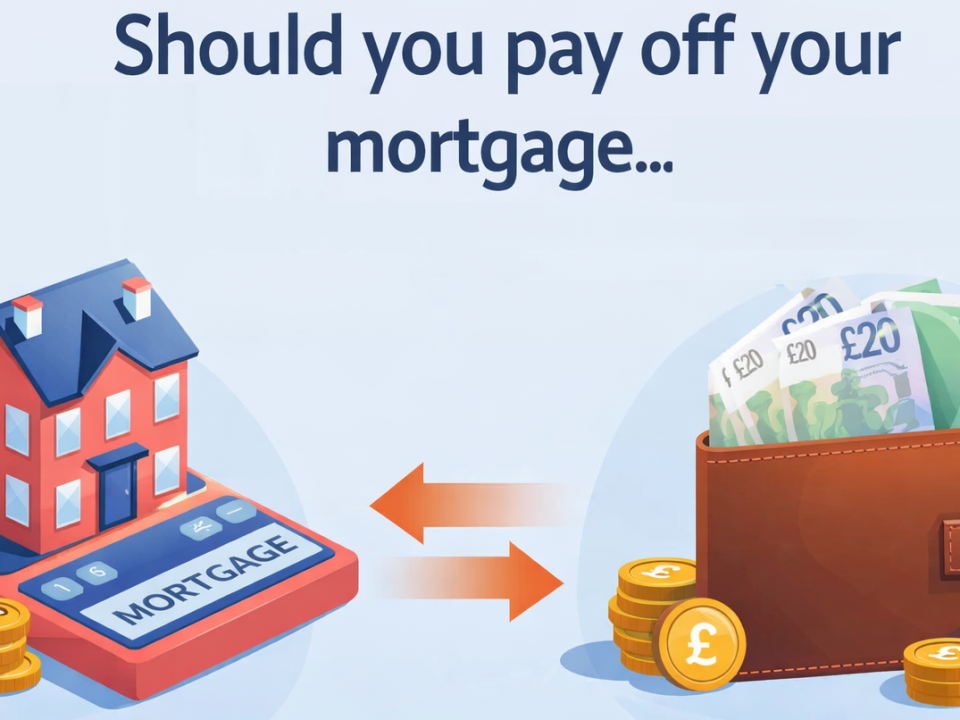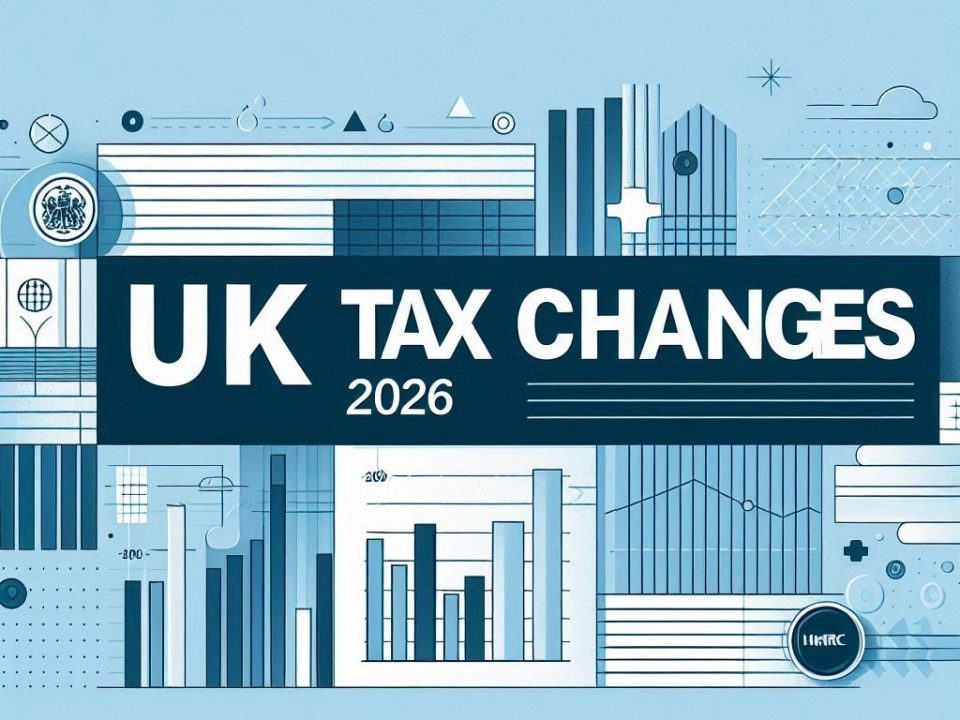Capital Gains Tax Returns: The 60-Day Rule Explained
January 16, 2025Everything You Need to Know About the 24-Month Rule on Temporary Workplaces
January 22, 2025Understanding the Trading Allowance: How to Earn Tax-Free Income from Side Hustles
In today’s world, many people are turning to side hustles, online selling, or freelance gigs to boost their income. If this sounds like you, there’s good news—you might qualify for the Trading Allowance, a tax break that lets you earn up to £1,000 per year tax-free.
Let’s break down what the trading allowance is, who can benefit, and how you can take full advantage of this handy tax relief.
What Is the Trading Allowance?
The trading allowance is a tax-free threshold of £1,000 per year for individuals earning income from trading or casual work. It’s designed to help small-scale traders, hobby sellers, freelancers, and gig workers who might not otherwise have a formal business setup.
Whether you’re selling handmade crafts online, running a small side hustle, or doing odd jobs for extra cash, this allowance could make your life simpler and save you money.
Who Can Claim the Trading Allowance?
You can claim the trading allowance if you have income from:
- Selling goods or services (e.g., Etsy, eBay, or at markets).
- Freelance or gig work (e.g., delivery driving, freelance design, etc.).
- Occasional or casual services (e.g., babysitting or gardening).
Important: The trading allowance is only available for individuals, not companies. Also, if you’re part of a partnership or trading through a limited company, this allowance doesn’t apply.
How Does the Trading Allowance Work?
There are two ways the trading allowance can benefit you:
- Income Below £1,000
If your trading income is £1,000 or less in a tax year, you don’t need to report it to HMRC or pay tax on it. It’s completely tax-free! 🎉 - Income Over £1,000
If you earn more than £1,000, you have two options:- Deduct the £1,000 allowance from your income and pay tax on the rest.
- Or, if your actual expenses are higher than £1,000, you can claim those instead.
For example, if you earn £1,500 and have expenses of £300:
- With the trading allowance, your taxable income would be £500 (£1,500 – £1,000).
- Without the allowance, you’d deduct expenses (£1,500 – £300 = £1,200 taxable income).
In this case, the trading allowance saves you more.
How to Claim the Trading Allowance
If your income exceeds £1,000 and you want to claim the allowance, you’ll need to:
- Register for Self Assessment with HMRC (if you haven’t already).
- File your tax return, and include the trading allowance in the relevant section.
If your income is under £1,000, you don’t need to register or file a return for this income. However, keeping records is still a smart idea in case your circumstances change.
Is the Trading Allowance Right for You?
The trading allowance is perfect for small-scale earners or those testing the waters with a new business idea. It’s a great way to simplify your tax situation and keep more of what you earn.
However, if your expenses regularly exceed £1,000, claiming actual expenses might be a better option. Reviewing your earnings and expenses will help you decide which method works best.
Final Thoughts
The trading allowance is a fantastic tool for anyone earning a little extra on the side. Whether you’re selling online, freelancing, or offering occasional services, this tax relief helps keep things simple and cost-effective.
💡 Pro Tip: Even if your income is below £1,000, keep track of your earnings. You never know when you might need those records for future tax returns or business planning.
For more details, visit HMRC’s website or consult a tax professional to ensure you’re making the most of this allowance.
Got questions about the trading allowance or taxes? Drop them in the comments below—we’re here to help!



